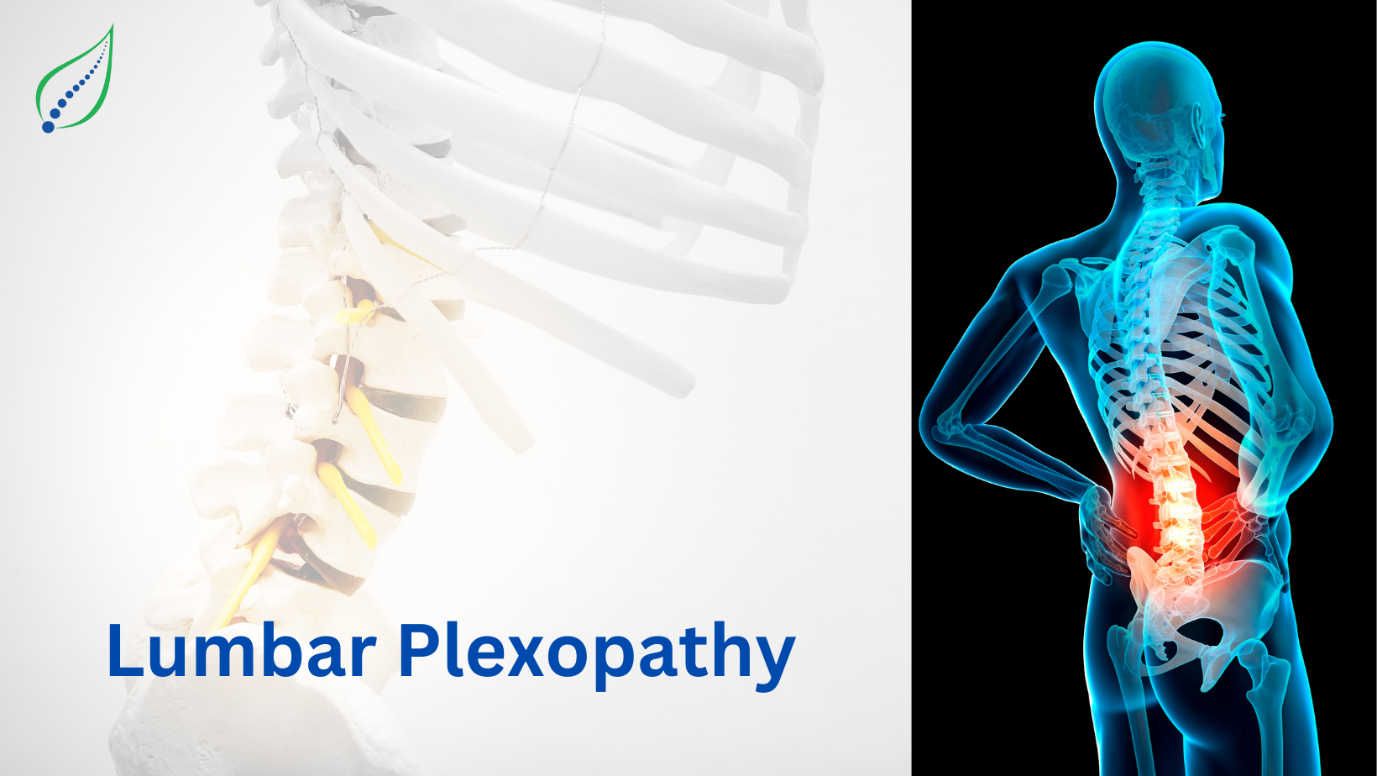Lumbar Plexopathy
The lumbar plexus is nerves that arises from the anterior of spinal nerves L1-L4, along with a contribution from the anterior ramus of spinal nerve T12. It is located on the posterior abdominal wall, anterior to the transverse processes of the lumbar vertebrae and within the posterior portion of the psoas major muscle.
The nerves arising from the lumbar plexus are important for functioning of the lower extremity function and movement allowing knee extension, hip flexion and adduction of the thigh.
PATHOPHYSIOLOGY:
LS plexus is present near to abdominal and pelvic organs, various pathologies and injuries contribute to LS plexopathy.
- Direct trauma
- Posterior hip dislocation
- Sacral fracture
- After lumbar plexus block
- Metabolic, inflammatory, and autoimmune causes
- Diabetes mellitus (DM) - more likely in those with type II DM
- Radiation therapy of the abdominal and pelvic malignancies.
- Damage to the vasculature innervating the LS plexus
- Hematoma - Direct compression
- Diabetic and non-diabetic LS plexopathies - caused by inflammatory or microvascular changes.
- Amyloidosis
- Sarcoidosis
- Infections &local abscess.
- Vertebral osteomyelitis
SYMPTOMS:
Patients typically present with low back pain radiating to one side. Patients with diabetic Lumbosacral plexopathy (diabetic amyotrophy) typically complain of unilateral pain in the proximal thigh.
- Tingling numbness with Pain
- muscle weakness and atrophy may be seen
- Fever, chills, night sweats, fatigue, & weight loss may suggest malignancy or infection.
- The knee jerk reflex is affected in lumbar plexopathy
- Sensory loss may be present in a dermatomal pattern
- Sensory changes to the medial thigh, anterior thigh, & medial leg can suggest lumbar plexus involvement.
INVESTIGATION:
- MRI is the best test for the evaluation of the Lumbosacral plexus
- Computed Tomography (CT)
- Electrodiagnostic studies (nerve conduction study & electromyography) are important in confirmation of the diagnosis of LS plexopathy.
NON-SURGICAL TREATMENT:
Treatment for LS plexopathy depends upon the fundamental aetiology.
- Symptomatic management with analgesics & muscle relaxants is given like non-steroidal anti-inflammatory drugs (NSAIDs).
- Antibiotics & antifungals are required for the infection.
- Ankle-foot orthoses (AFOs) can be used for the foot drop.
- For physical rehabilitation, the likely neurologic weakness needs to be considered active range-of-motion exercises, with forwarding to low-resistance exercises.
- Goals of rehabilitation to preservation of joint range of motion and flexibility, joint protection and pain management.

_1747226427_1751827070.png)
_1744793045_1751827442.png)
_1743751136_1751830603.png)
